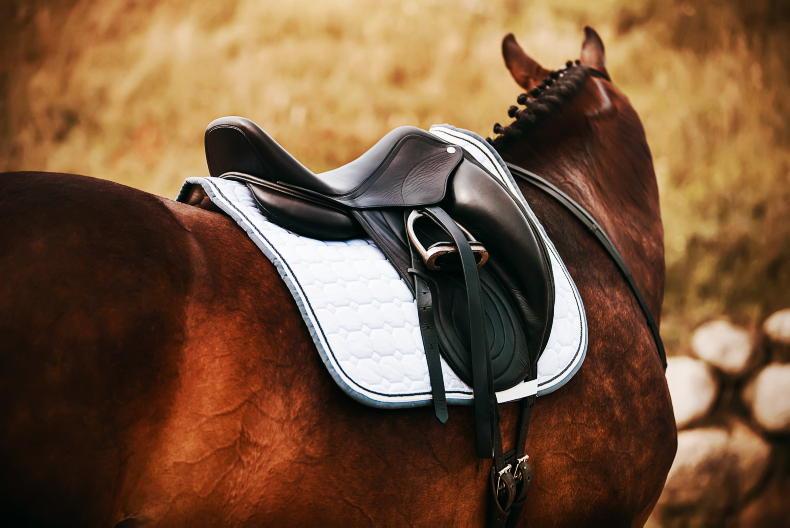A NEW study from the Royal Veterinary College (RVC) and the University of Southampton has suggested that flatter-shaped saddles may better fit horses that spend most of their ridden time in motion.
From observing significant changes in the shape of horse backs when stationary and during locomotion, the study found that horse backs become much flatter during movement compared to when stood still. Commonly, saddles that are fitted to the curve of the horse’s back when the horse is still, may not be optimal to support the distribution of weight when the horse is in motion.
Poor saddle fit is often considered a cause of back pain in ridden horses. A well-fitted saddle helps to evenly distribute the load, reducing pressure on horses’ backs. The study’s observations can inform improved saddle design, which in turn supports horse health, performance and riding longevity, all of which can be negatively impacted by poor saddle fit.
The research team, comprising researchers from the RVC and the University of Southampton, used cameras to measure the saddle region of five horses’ backs while standing, walking and trotting, recording the differences in curvature. These observations were then verified by reconstructing a laser-scanned life-sized model horse.
The study found that the saddle region remained relatively stable during movement, with only minor changes of a few millimetres. This suggests that deformable padding in saddle panels is likely sufficient to accommodate these small variations. The findings also highlighted the importance of withers clearance, in line with existing saddle fitting guidelines, as this area was observed to be highly mobile.
Dr Jorn Cheney, lecturer in Natural Sciences at the University of Southampton and lead researcher of this study, said: “I am reassured that a lot of key principles of saddlery held true. At least during walk and trot, saddles can be stiff, and they cover areas of the back that don’t move.
“Now the exciting question is, ‘do we improve upon the design by fitting to the moving animal?’ and, if so, what’s the best way of making that technique accessible?”
This work lays the foundations for further research into whether back-shape changes behave similarly during canter and gallop and the impact of a rider’s weight on back-shape changes. The researchers hope to soon test whether saddles fitted to a moving horse better distribute pressure.
Catherine Morris, Trade, Equestrian and Charities Advisor at the Worshipful Company of Saddlers who funded the project, said: “This study offers valuable insight, and the findings will support fitters to have more impactful conversations with clients about maintaining optimal saddle fit. Understanding a horse’s back in movement and how it changes with factors like gait, load, fitness and training, is critical for achieving effective and comfortable fit for horse and rider. We look forward to the next phase of research lead by Dr Cheney and his team, which will undoubtedly deepen our understanding in this area.”


 This is a subscriber-only article
This is a subscriber-only article
 It looks like you're browsing in private mode
It looks like you're browsing in private mode





SHARING OPTIONS: